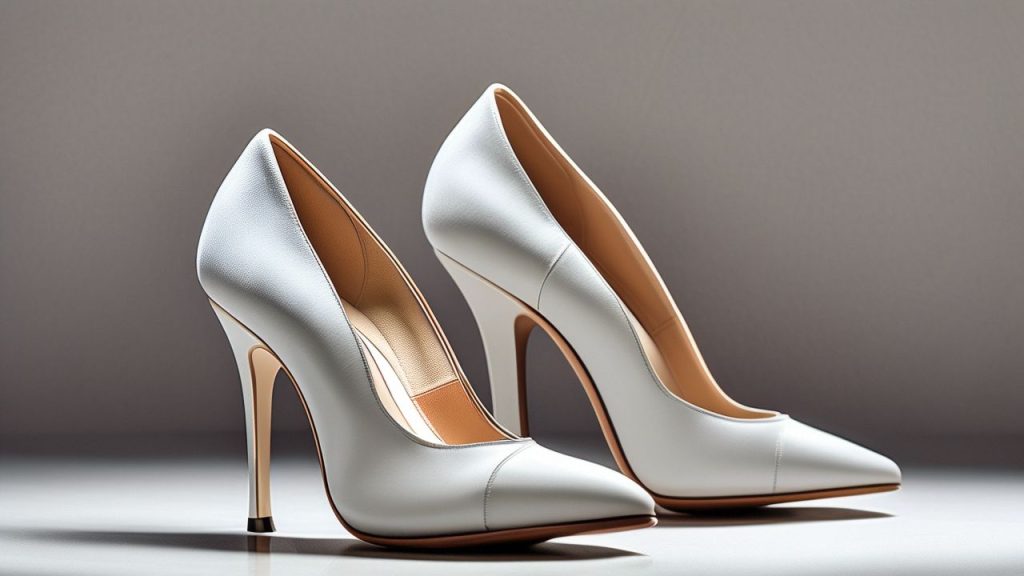Typical bunion surgery procedure
Bunion surgery, also known as hallux valgus correction or bunionectomy, is a procedure aimed at correcting a bony prominence at the base of the big toe. The specific steps can vary depending on the type of surgery, but here is a general outline of the typical bunion surgery procedure:
- Anesthesia: The patient is given either general anesthesia (where they are put to sleep) or regional anesthesia (such as an ankle block), ensuring they do not feel pain during the surgery.
- Incision: The surgeon makes an incision along the inside of the foot, near the big toe, to access the bunion.
- Bone Preparation: The surgeon then cuts or reshapes the bone to realign it properly. This might involve removing part of the bone, realigning the joint, or even fusing parts of the joint together.
- Soft Tissue Correction: Along with bone work, the surgeon may also need to adjust the surrounding soft tissues, such as ligaments and tendons, to ensure proper alignment and stability.
- Fixation: To keep the bones in place during healing, the surgeon may use pins, screws, or plates. These can be internal (placed inside the foot) or external (like a cast or splint).
- Closure: Once the correction is complete, the incision is closed with stitches.
- Post-operative Care: The patient is typically given instructions on how to care for the foot after surgery, including how to keep the wound clean and when to start moving the foot again.
- Recovery: Recovery times can vary, but patients usually need to wear a special shoe or boot for several weeks and may need physical therapy to regain strength and mobility.

Situations where bunion surgery might be recommended
Bunion surgery is typically considered when conservative treatments for bunions have failed to provide relief or when the bunion is causing significant pain, deformity, or functional limitations. Here are some specific situations where bunion surgery might be recommended:
- Persistent Pain: If pain from the bunion persists despite wearing proper footwear, using orthotic devices, and taking pain medications.
- Joint Stiffness or Swelling: When the bunion causes stiffness, swelling, or inflammation in the big toe joint that interferes with daily activities.
- Deformity Progression: If the bunion is progressively worsening and leading to a more pronounced deformity of the toe.
- Functional Limitations: When the bunion affects the ability to walk, run, or participate in activities due to pain or discomfort.
- Arthritis: If the bunion has led to or exacerbated osteoarthritis in the big toe joint, causing significant joint damage.
- Cosmetic Concerns: In some cases, individuals may opt for surgery due to significant cosmetic concerns about the appearance of their foot.
- Pressure on Other Toes: When the bunion causes the big toe to overlap or push against the second toe, leading to additional problems like hammertoes.
Causes of Bunions
Bunions are a common foot deformity characterized by a bony bump at the base of the big toe. Several factors can contribute to the development of bunions:
- Genetics: Hereditary factors play a significant role in the development of bunions. If your family members have bunions, you are more likely to develop them as well.Studies supported by AOFAS have identified specific genetic markers associated with an increased risk of developing bunions. These findings suggest that hereditary factors play a significant role in the development of hallux valgus.
- Foot Structure: Certain foot types, such as flat feet or low arches, can increase the risk of developing bunions. Abnormal foot mechanics can lead to excessive pressure on the big toe joint.
- Ill-fitting Footwear: Wearing shoes that are too tight, narrow, or have high heels can put pressure on the toes and contribute to the development of bunions.
- Arthritis: Conditions like osteoarthritis can damage the joint in the big toe, leading to misalignment and the formation of a bunion.
- Injury: Trauma or injury to the foot, such as a sprain or fracture, can disrupt the alignment of the toe and lead to the development of a bunion.
- Neurological or Neuromuscular Conditions: Conditions that affect the nerves and muscles, such as cerebral palsy or polio, can lead to abnormal foot function and increase the risk of bunions.
- Biomechanical Factors: Abnormal walking patterns or overuse of the foot can put extra stress on the big toe joint and contribute to bunion formation.
Understanding the underlying causes of bunions can help in developing appropriate prevention and treatment strategies.

Symptoms of Bunions
Bunions are characterized by a bony bump at the base of the big toe and can cause several symptoms. Here are the common symptoms associated with bunions:
- Bony Bump: The most noticeable symptom is a visible bony protrusion on the inside of the foot at the base of the big toe.
- Big Toe Deviation: The big toe may start to angle towards the second toe, causing it to overlap or crowd the adjacent toe.
- Pain: Pain or discomfort at the site of the bunion, especially when wearing tight or narrow shoes.
- Swelling and Redness: Inflammation and redness around the big toe joint due to the pressure and rubbing from footwear.
- Calluses and Corns: The pressure and friction from the bunion can lead to the formation of calluses or corns on the foot.
- Limited Movement: Stiffness or difficulty moving the big toe, which can affect walking and other activities.
- Numbness or Tingling: In some cases, pressure on the nerves around the bunion can cause numbness or tingling sensations.
- Footwear Discomfort: Difficulty finding shoes that fit comfortably due to the bunion.
Early intervention can help manage symptoms and prevent the bunion from worsening.
Non-surgical treatment options
Bunions can often be managed with conservative, non-surgical treatments, especially if they are caught early or are not causing significant pain or functional issues. Here are some common non-surgical treatment options for bunions:

- Proper Footwear: Wearing shoes with a wide toe box that do not put pressure on the bunion can help alleviate pain and prevent further progression.
- Orthotic Devices: Custom orthotic inserts or shoe inserts can help correct foot alignment and reduce pressure on the bunion. Over-the-counter arch supports or heel pads may also be beneficial.
- Padding and Taping: Using bunion pads, cushions, or moleskin to protect the bunion from friction and pressure can help reduce pain. Taping the foot in a way that helps realign the toe may also be recommended.
- Physical Therapy: Exercises and stretches to strengthen the foot muscles and improve flexibility can help reduce symptoms and improve foot function.
- Pain Management: Over-the-counter pain relievers, such as ibuprofen or acetaminophen, can help manage pain and inflammation.
- Ice Application: Applying ice to the bunion can help reduce swelling and provide temporary pain relief.
- Lifestyle Modifications: Avoiding activities that exacerbate bunion pain, such as high-impact sports, and finding alternative exercises that are easier on the feet.
- Shoe Modifications: Adding shoe inserts or modifying shoes to accommodate the bunion can help reduce discomfort.
- Steroid Injections: In some cases, corticosteroid injections may be used to reduce inflammation and pain around the bunion.
While these treatments can help manage symptoms and slow the progression of bunions, they may not completely reverse the deformity. If conservative treatments fail to provide relief or if the bunion is causing significant functional issues, surgery may be considered. Consulting with a podiatrist or orthopedic surgeon can help determine the best course of action based on the individual’s specific condition and needs.